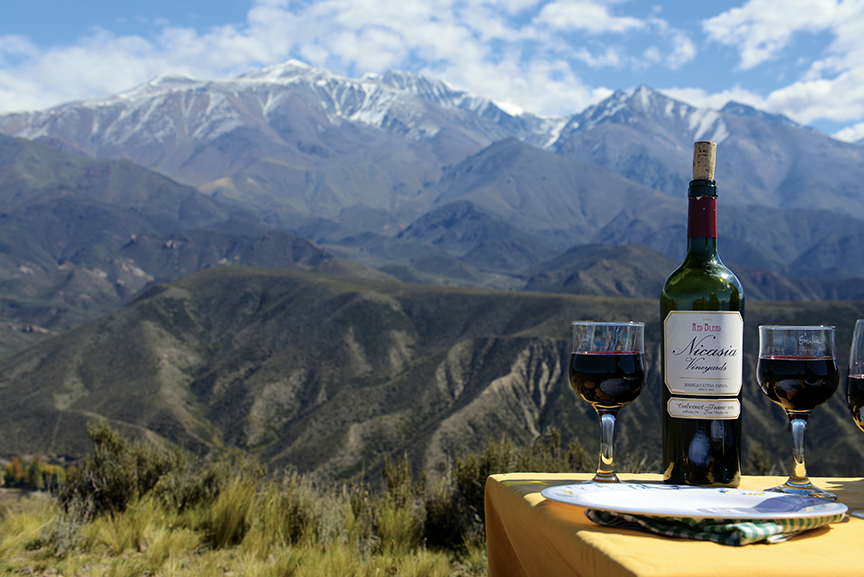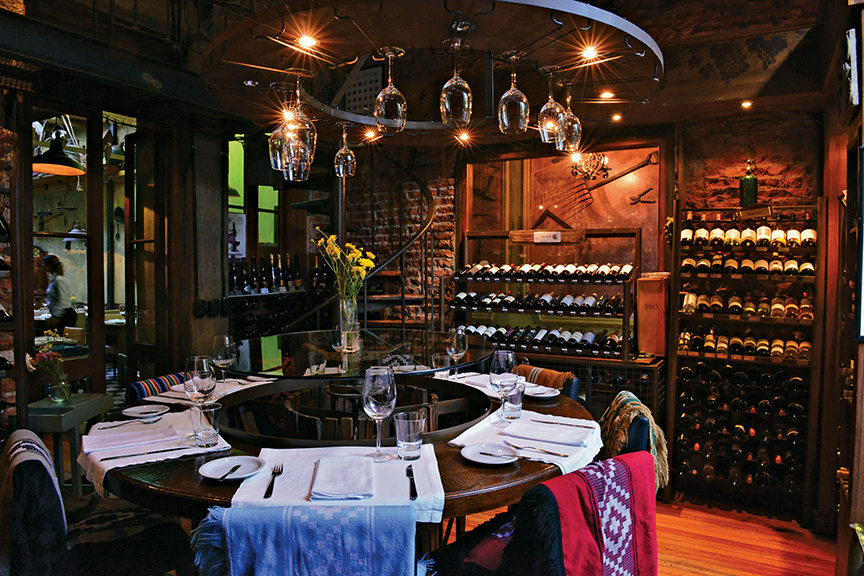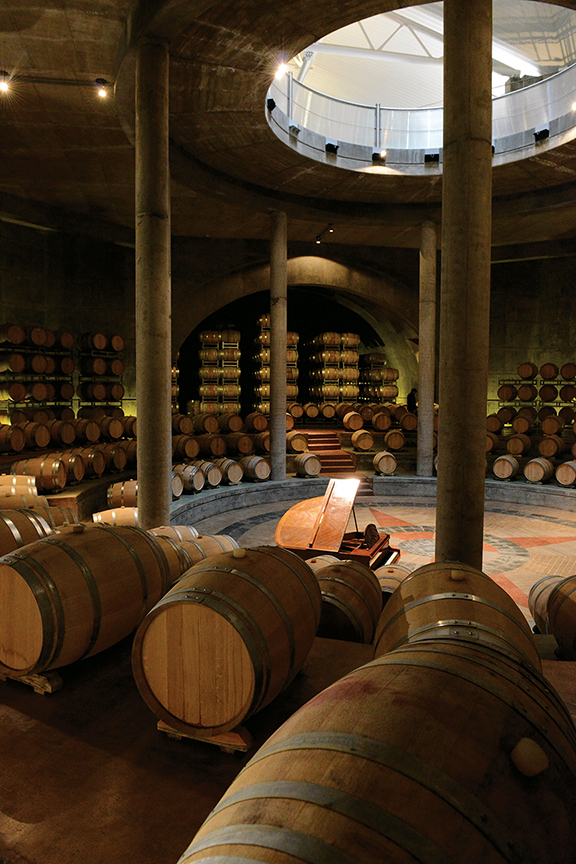A retired publisher turned photographer and world-traveler – and now author – literally wrote the book on wine and travel in Argentina.
The first in a series of coffee-table books on wine regions of the world, Exploring Wine Regions: A Culinary, Agricultural and Interesting Journey Through Argentina, began as a feature story.
“I love to travel. I’ve been publishing a travel magazine for 20 years, and I’ve retired,” says Michael C. Higgins, PhD. “I thought I would go to Argentina to find why I hadn’t met a Malbec I didn’t like. So, for five weeks I traveled around. And then went back for another five weeks. And I had way too much for a feature story, and too little for a book. So I went for a third time for three weeks.”
The culmination of his travels is a comprehensive list of not only the wineries and vineyards he visited and their offerings, but also sightseeing options and delicious restaurants. “I’m giving you the inside track. You can take my book, go to Argentina, never have a glass of wine, and have an amazing experience,” he states. “But, the best way to learn about wine is to drink it.”

And the best way to drink wine is by going straight to the source, and thoroughly immersing yourself in it. “I fell in love with the culture, food, the landscapes and the whole environment.”
“When some people go wine tasting, they visit four or five wineries a day. I sit in one. I get to know the winemaker, the agronomist, the people making the wine and walk the property. I find taking in the whole experience is amazing,” Higgins explains.
Higgins experienced many “behind the scenes” things throughout his travels, learning how the Argentinian wine industry is continually evolving.
In the Uco Valley, southwest of Mendoza at the foot of the Andes Mountains, the elevation (3,000 to 5,000 feet), mixture of soils, extreme temperature ranges, air quality, fresh water from the snow melt, and the extremely long growing season have created a special micro-climate that is very attractive to winemakers. There are three different sub-regions, with three separate sources of water that contribute to each area’s unique wines.

Sebastian Zuccardi, grandson of the founder of Familia Zuccardi winery in Maipú, began working in Altamira in 2007 and studied the soils, rich in limestone. This led to the creation of five super-premium labels for Zuccardi wines. At this location, Higgins got to see firsthand how it’s decided where to plant the grapes.
“I’m in the vineyard, and they’re digging like 500 trenches in the middle of the vineyard, about 15 feet long, 2-to-3-feet wide and 4-feet deep. What they wanted was to see what was under the ground. Malbec loves limestone, and when they were digging, you could see all the minerals,” shares Higgins.
In Patagonia, whose cooler climate produces Pinot Noir, Sauvignon Blanc, Merlot and, of course, Malbec, Higgins saw the revitalization of the wine industry. “There used to be 260 wineries in the region 100 years ago, but in recent years only one was left. Now, there are 20-plus wineries using ancient vines and propagating new vines to produce high-quality wines,” Higgins explains.
In Northwestern Argentina, near Salta, the single tallest grape vine in the world, a Pinot Noir, stands at 10,206 feet above sea level. This grape vine is another experiment that Higgins saw firsthand. “The wineries in the Calchaquí Valley start at about 6,500 to 8,500 feet above sea level, and some at 9,000 feet. They’re pushing the limits,” he says.

At Altura Máxima, an experiment to see which vines will grow best in the high-altitude environment is underway. It is led by Ing. Agr. Rafael Racedo Aragón, who has established a biodynamic farming environment that he believes will influence a crop’s ability to establish itself. Already planted are 86 acres of Malbec, Pinot Noir, Merlot, Syrah, Torrontés, Sauvignon Blanc and Chardonnay. The combination of a soil high in phosphorus and exposure to the sun is expected to yield a crop with concentrated aromas, polyphenols and flavors.
So, has Higgins really never met a Malbec he didn’t like? Short answer, no. “Malbec is big, like a Cabernet, but at the same time it’s fruity like a Pinot Noir. I think there’s a real magic to wine,” he shares.
“It’s a testament to Argentina that after 13 weeks, I haven’t even begun. I knew a lot about [wine] before I went, but now I’m a different person. I know more about Argentine wine than Californian wines, and I live in California!” Higgins exclaims.
California, incidentally, is the next region to be covered by Higgins in his Exploring Wine Regions series.
Photo credit to Michael C. Higgins



Leave a Reply